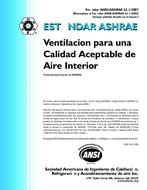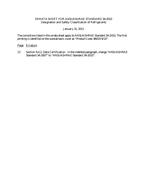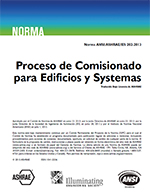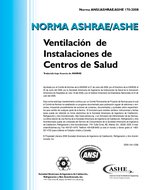Description
Maintaining adequate indoor air quality (IAQ) in occupied spaces is important for human health and wellbeing, and it is strongly related to energy consumption. In terms of IAQ, it is usually recommended that concentrations of carbon dioxide (CO2) should not exceed 1000 ppm, total volatile organic compounds (TVOCs) not exceed 300-400 μg/m3, and PM2.5 not exceed 10 – 25 μg/m3. In practice, relatively little is known about how IAQ varies over a long timeperiod (several months to years); and economic as well as climatic challenges may limit possibilities to always maintain optimal, steady indoor conditions. Nevertheless, understanding the temporal variations that each individual building exhibit due to its location, design, condition, or use, could lead to more effective operation strategies. This study utilizes continuous time series data on CO2, TVOCs, and PM2.5 collected using IoT sensors located in the breathing zone of over 2400 spaces in about 260 buildings. About 90% of the buildings are located in Finland, and the majority of them are mechanically ventilated offices. About 45% of the spaces have been monitored for over a year, and 15% over three years. In this study, we analyzed the time series data in order to detect seasonal patterns and trends. Our results indicate these time series were stationary for 75%, 85% and 90% of the spaces regarding daily maximum CO2, TVOCs and PM2.5, respectively. We will present results from both stationary and non-stationary cases and discuss about observed differences; further analyses leading to forecasting concentrations of the IAQ parameters monitored.
Citation: 2020 Virtual Conference Extended Abstracts Papers
Product Details
- Published:
- 2020
- Number of Pages:
- 4
- Units of Measure:
- Dual
- File Size:
- 1 file , 1.5 MB
- Product Code(s):
- D-VC-20-A004




